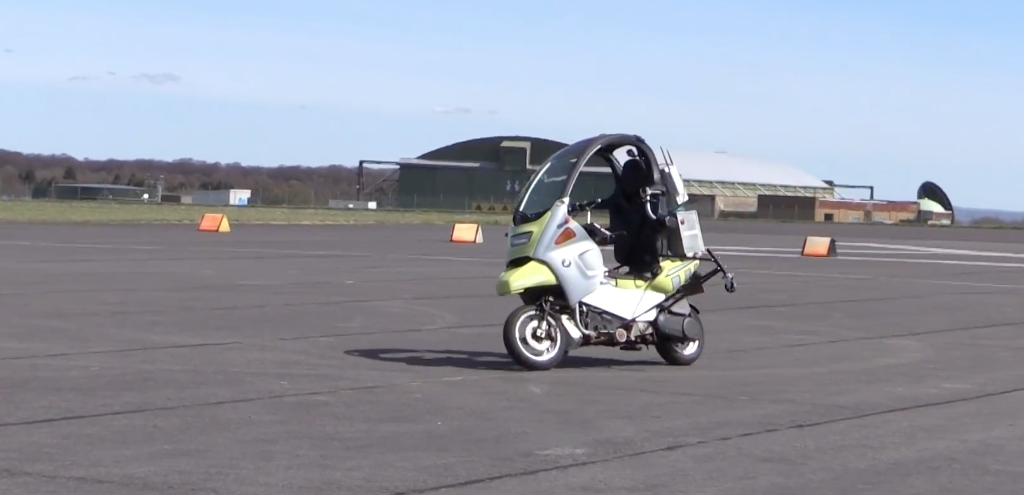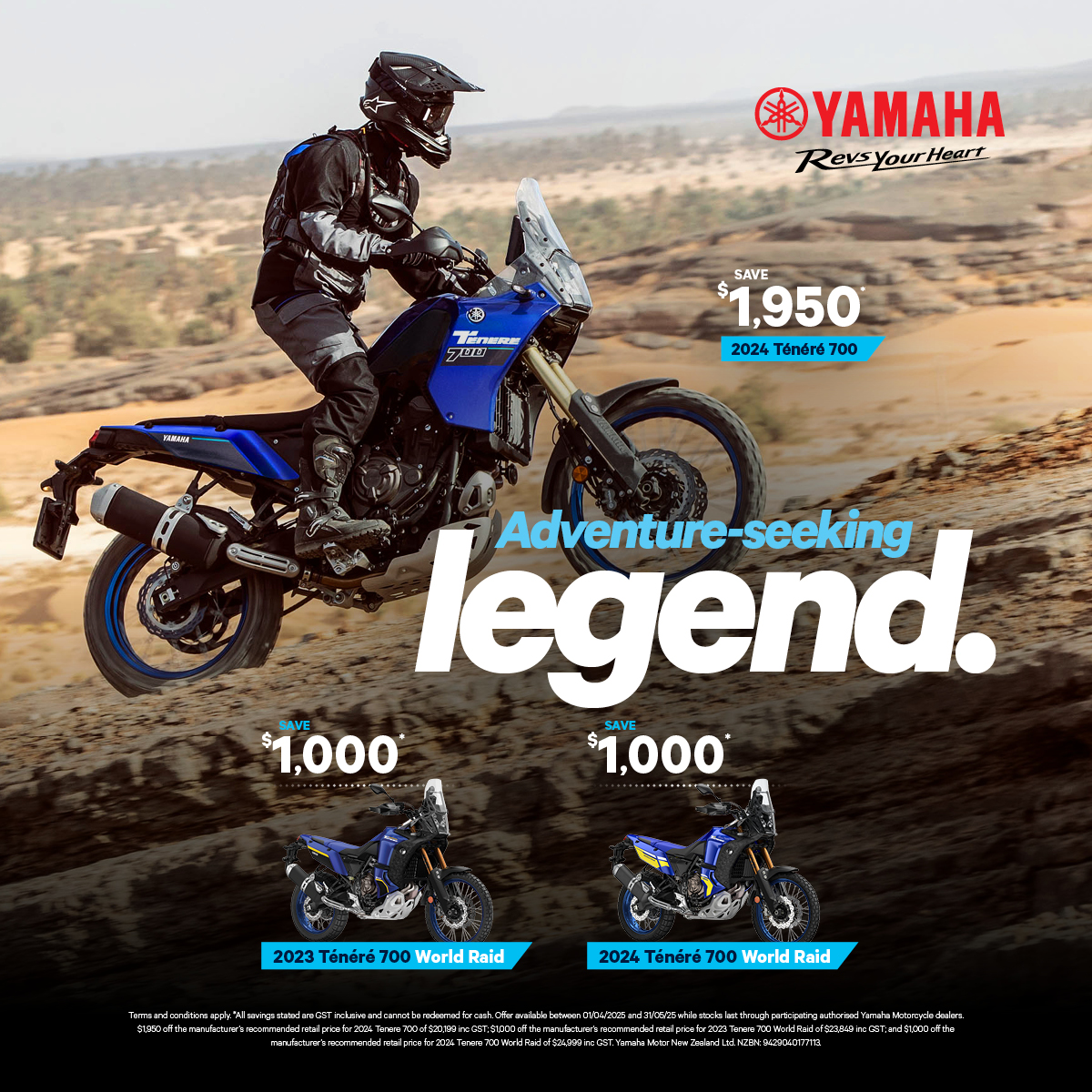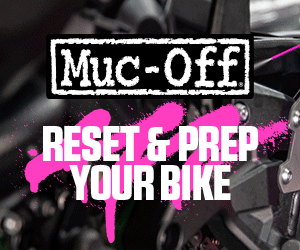For some of us it seems the stuff of science fiction and nightmares, but like it or not the self-driving car looks set to stay. And in a world where driverless cars seem to be taking out people left and right, the need for a way for their makers to be able to test the emerging technology safely with motorcycles is paramount.
That’s where UK based AB Dynamics comes in with their newly developed self-driving motorbike – which is based on an old BMW C1.
Unlike slower-moving pedestrians and cyclists, the combination of rapid acceleration and extreme manoeuvrability means motorcycles present a particular challenge to an autonomous vehicle or advanced driver assistance systems (ADAS).
Making sure motorcycles are accurately represented in the tests that develop and evaluate these systems is, clearly, an essential part in the development of self-driving systems.
To avoid risk to a human rider, initial development of the interactions between motorcycles and autonomous or ADAS-equipped vehicles has been carried out using controlled soft targets, but these are limited in speed capability and how accurately they represent a real motorbike. The riderless motorcycle has the full performance potential of the original bike, enabling more dynamic interactions to be tested, such as motorcycle overtaking, traffic filtering and lane splitting.
“A riderless motorcycle allows more comprehensive testing of autonomous or ADAS-equipped vehicles, without risking injury to a real rider,” explained Dr Richard Simpson, Senior Systems Engineer, AB Dynamics. “It also permits greater accuracy, repeatability and consistency between tests than any human rider could achieve. This motorcycle is another excellent tool to complement our other testing equipment for autonomous and ADAS development.”

offer vehicle developers a significant boost in capability
when testing their systems for motorcycle awareness.
Mechanical integration of the riderless systems was carried out by a technology start-up company, AutoRD. AB Dynamics integrated its on-board robot controller, which runs the company’s remote control software, allowing programming of the motion of the motorcycle and path-following via GPS positioning. The technology allows coordination of the bike with other moving objects, such as cars or ADAS targets, and synchronises all data generated, enabling later review.
For ease of conversion, the technology demonstrator used the BMW C1 as it has ABS, but no manual clutch to add complication to the automation process, plus a roof structure which makes for a convenient mounting point for mounting sensors. Subsequent developments will use a more modern machine with greater performance, the company says.
“Future legislation and vehicle safety testing could require ADAS systems and autonomous vehicles to be validated in increasingly complex scenarios and the riderless motorcycle is a useful tool for achieving this,” said Simpson. “It could also have applications in motorcycle durability testing by removing the human rider from some of the more arduous tests over rough surfaces, such as pave, where cars already use robot drivers to eliminate driver fatigue.”
The current demonstrator has proved that the technology works, now all we need is for the likes of Uber, Tesla and other makers of “self-driving” cars to get behind the use of the riderless bike to help ensure their tech is prepared to keep those of us on two wheels safe.














